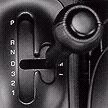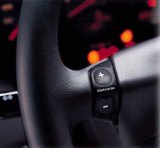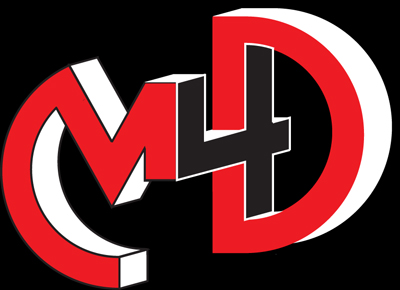Computerised Automatic
- Honestly speaking, automatic transmission had little development since its introduction in the 30s by Cadillac. Because it employs a lot of planetary gears and clutches inside, it is considerably heavier and several folds more expensive then manual gearbox. The use of torque converter instead of clutch makes them less responsive than manual gearbox, moreover, them used to offer one less ratio, thus offer poorer acceleration and consume slightly more fuel.
However, in the past few years, 5-speed automatic was increasingly popular in European prestige saloons, now covering virtually all Mercedes and BMW, thus improved performance and economy a bit.
Another improvement was the adoption of electronic control. A computerised automatic transmission has different shifting programs for different requirements : Economy, Sport and Winter (Snow) are the most popular choices. For instance, if you select Sport mode, the gearbox upshift at higher engine speed to make better use of power band, hence enhances acceleration. On the contrary, choosing Economy mode will ease the pressure to the engine, thus enhance smoothness, quietness and save fuel.
Some computerised autos even have learning function (some uses Fuzzy logic). They memorise the driving habit of the driver through reading the input from throttle, rev counter etc. Then adapt their programs to suit the driving style of the driver.
Future of Automatic Transmission
Not too optimistic, because CVT and the likes of Ferrari / Alfa's Selespeed manual-based gearbox are improving rapidly in these few years.
As CVT becomes stronger and stronger, hopefully within a few years it will be suitable to medium-sized or even luxurious cars. By then, CVT's smooth manner and better fuel-efficiency will make automatic transmission looking useless. Moreover, production cost is just half way between manual and automatic gearbox.
Manual-based gearboxes with automatic mode will also eat into auto's market. Not only being lighter and cheaper, their superior performance must be attractive to keen drivers. Given a little bit more development in shift quality, they can also benefit traditional auto-equipped cars like Mercedes.
In the near future, automatic transmissions still have an edge in handling high torque for high-end luxurious cars. Continuous improvement to performance, cost and weight may extend its life span into the next decade. German transmission expert ZF has developed the world’s first 6-speed automatic gearbox for production cars. It will be adopted by the new BMW 7-series. Not only offering 5-7% reduction of fuel consumption and improvement to performance, most impressive is that it uses 30% less components and weighs 13% less than the existing five-speeder.
| Advantage: | Smooth and quiet shifting, ease of use |
| Disadvantage: | Heavy, large, costly, slow and fuel-inefficient |
| Who use it ? | Nearly all automatic transmissions now are computerised |
- Porsche's Tiptronic was the earliest semi-automatic transmission offered by a major car maker. First appeared in 1990 in 911 as an option, it soon became available in 968, Boxster and licensed to Audi and Mitsubishi for production. Meanwhile, Honda, BMW, Chrysler and Toyota also developed their own version.
- Porsche Tiptronic / Tiptronic S
- Audi / Volkswagen Tiptronic / Tiptronic S - licensed by Porsche)
- Mitsubishi Invecs-II Sport Mode - simplied from Tiptronic and licensed by Porsche
- Peugeot 607 - licensed by Porsche
- Hyundai XG - licensed by Porsche
- Honda S-matic
- BMW Steptronic
- Chrysler AutoStick
- Toyota E-shift
- Alfa Romeo Q-system
- Mercedes One-Touch
- Volvo Geartronic (probably also licensed by Porsche)
- .... many
Porsche Tiptronic
Based on an automatic transmission with torque converter, besides conventional auto mode it offers a manual override allowing the driver to shift by pushing the shifter forward and backward. Note that it is no quicker than a conventional auto. It only intends to enhance driving fun through involving the driver. |  |
The auto mode has 5 different programs to suit different driving style, something like the "Sport", "Economy" and
"Winter" mode in traditional autoboxes. The computer choose program according to driving style. For instance, frequent full-throttle operation and brisk release of throttle indicate a sporting driving style, thus "fast" program will be selected.
Even in manual mode, the computer may intervene under harmful conditions. For instance, if the driver let the rev exceeding redline without upshift, the computer will shift automatically.
Tiptronic was developed in conjunction by Porsche, ZF and Bosch. Porsche originated the idea, ZF made the gearbox
and Bosch responsible for the electronic control.
In 1995, a newer version called Tiptronic S launched. It offers fingertip control button mounted on the steering wheel spoke, thus allow the driver can to shift without loosing concentration on the road.
| Advantage: | Feels more involving than pure automatic |
| Disadvantage: | With all the disadvantages of automatic. No faster. |
| Who use it ? |
